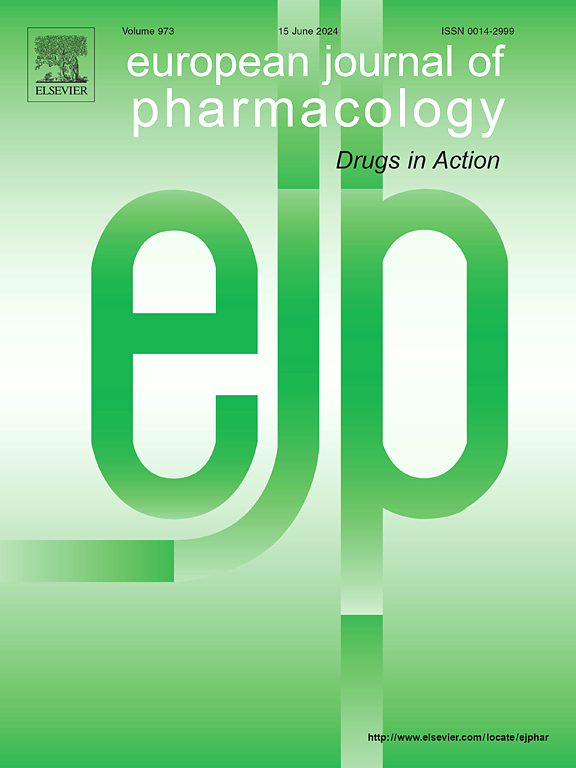虚拟大鼠网:用于各种环境下药理学教育的多功能模拟工具
IF 4.2
3区 医学
Q1 PHARMACOLOGY & PHARMACY
引用次数: 0
摘要
教育和推广活动是普及包括药理学在内的各个科学领域的关键要素。模拟学习可以传授科学知识,激发儿童和成人的批判性思维。在此,我们开发了一个基于网络的独立模拟工具--虚拟大鼠网(VRW),以促进对药理学的进一步了解,并评估了其在教育和推广环境中的实用性。VRW 是基于 RatCVS 源代码的网络应用程序,RatCVS 是约翰-登普斯特博士(斯特拉斯克莱德大学)开发的心血管药理学模型程序。我们将 VRW 作为示范药理学课程的一部分进行了评估,授课对象包括高中生、小学/初中生或参加大学外联课程的高年级学生。两个高年级学生组的课程时间为 60 分钟,包括药物对心血管系统影响的简要介绍、VRW 的使用培训,以及使用 VRW 根据剂量反应模式从一组匿名药物中识别去甲肾上腺素和乙酰胆碱的实践练习。大多数学生都能正确识别去甲肾上腺素和乙酰胆碱的作用,并认为 VRW 是比被动听讲更有用的学习工具。小学/初中学生接受了 120 分钟的课程,课程结合了肾上腺素和普萘洛尔对斑马鱼幼体心率影响的实时可视化,以及 VRW 的实际操作,以确认体内观察结果。这组学员发现 VRW 在理解剂量反应方面的优势。这些研究结果表明,VRW 可能是各种环境下药理学教育的通用工具。本文章由计算机程序翻译,如有差异,请以英文原文为准。

Virtual rat web: A versatile simulation tool for pharmacology education in a variety of settings
Education and outreach activities are crucial elements in the popularization of various scientific fields, including pharmacology. Simulation-based learning can impart scientific knowledge and stimulate critical thinking in both children and adults. Here, we developed a standalone web-based simulation tool, Virtual Rat Web (VRW), to promote a greater understanding of pharmacology and assessed its usefulness in educational and outreach settings. VRW is a web-based application based on the source code of RatCVS, a program developed by Dr. John Dempster (University of Strathclyde) to model cardiovascular pharmacology. We evaluated VRW as part of a model pharmacology class taught to high-school students, and elementary/junior high-school students or older students attending university outreach classes. The two older student groups were given a 60-min class consisting of a brief introduction to drug effects on the cardiovascular system, training on the use of VRW, and a hands-on exercise using VRW to identify noradrenaline and acetylcholine from a panel of anonymized drugs based on their dose-response patterns. Most students correctly identified the effects of noradrenaline and acetylcholine and found VRW to be a more useful learning tool than a passive lecture. The elementary/junior high-school students received a 120-min class combining real-time visualization of the effects of adrenaline and propranolol on the heart rate of zebrafish larvae and hands-on use of VRW to confirm the in vivo observations. This cohort found the strength of VRW in understanding the dose-response. These findings suggest that VRW may be a versatile tool for pharmacology education in various settings.
求助全文
通过发布文献求助,成功后即可免费获取论文全文。
去求助
来源期刊
CiteScore
9.00
自引率
0.00%
发文量
572
审稿时长
34 days
期刊介绍:
The European Journal of Pharmacology publishes research papers covering all aspects of experimental pharmacology with focus on the mechanism of action of structurally identified compounds affecting biological systems.
The scope includes:
Behavioural pharmacology
Neuropharmacology and analgesia
Cardiovascular pharmacology
Pulmonary, gastrointestinal and urogenital pharmacology
Endocrine pharmacology
Immunopharmacology and inflammation
Molecular and cellular pharmacology
Regenerative pharmacology
Biologicals and biotherapeutics
Translational pharmacology
Nutriceutical pharmacology.

 求助内容:
求助内容: 应助结果提醒方式:
应助结果提醒方式:


